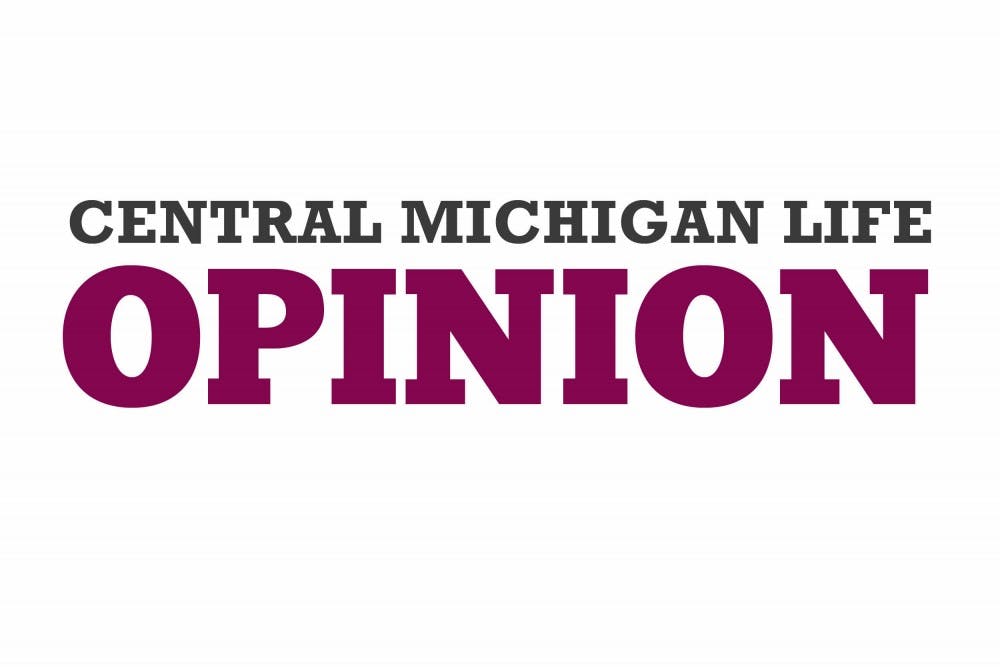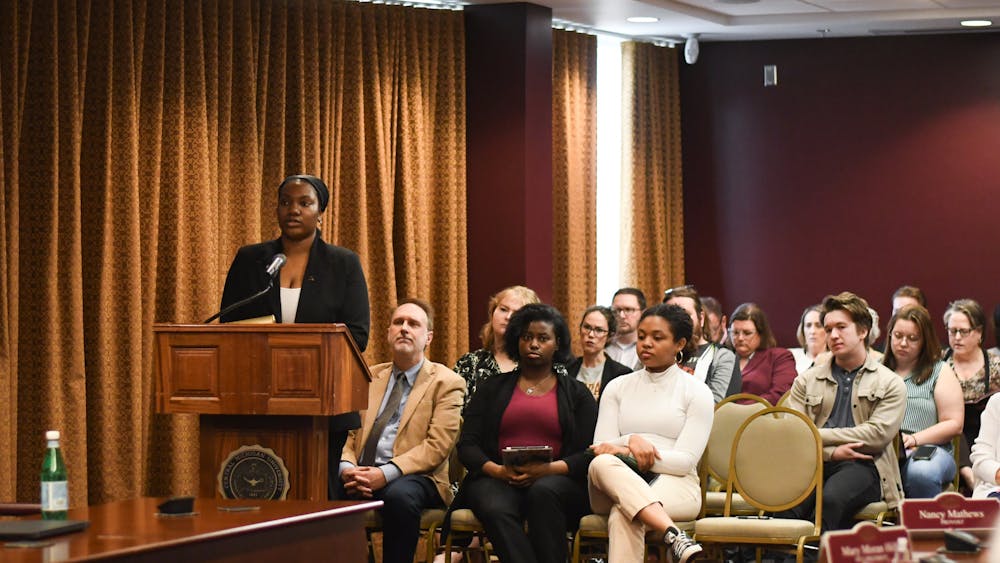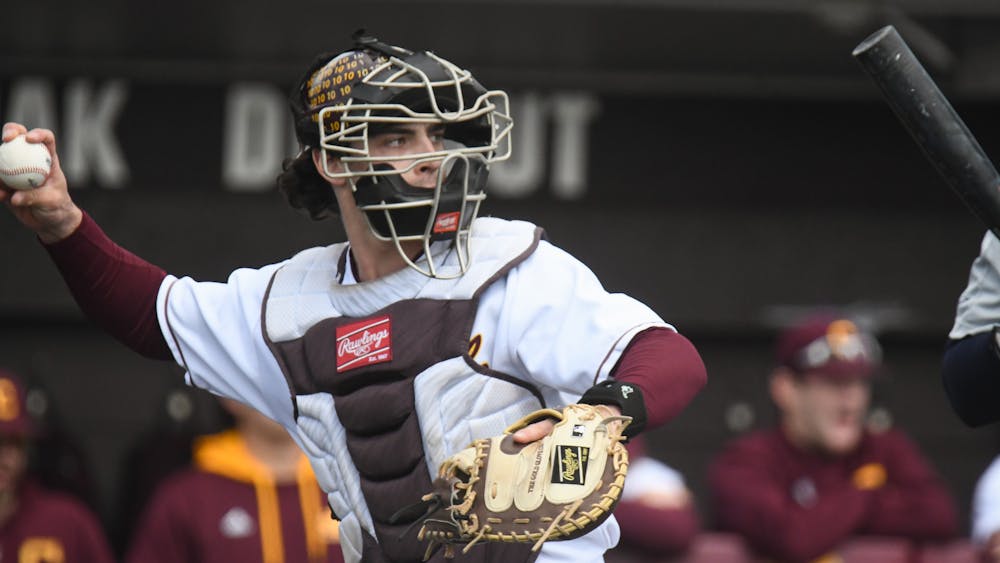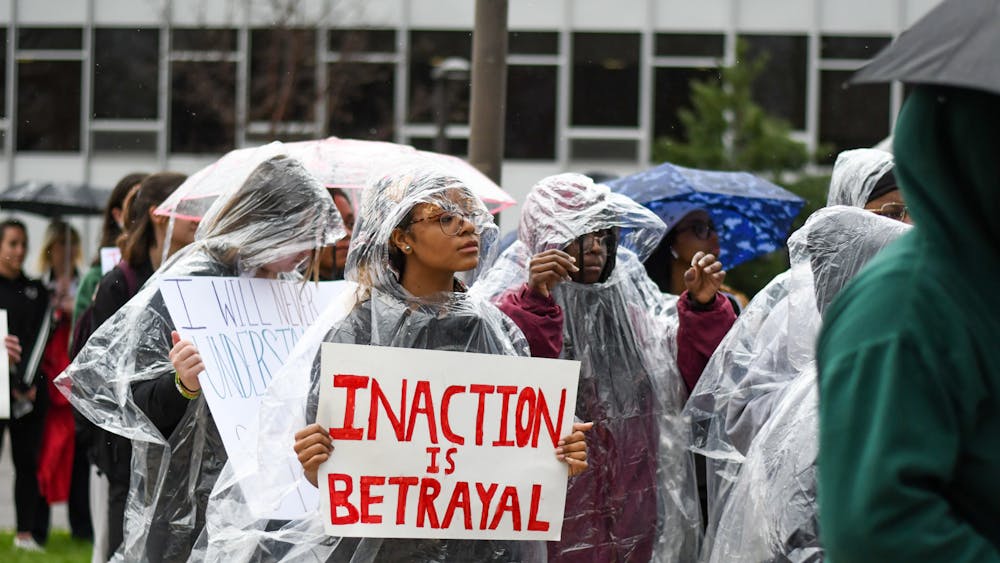Dire straits: Ask the right questions
TO THE EDITOR:
I suspect that Enbridge Line 5 has probably exceeded its design life expectancy. Even if it has, that doesn’t necessarily mean it’s about to rupture.
“Dire straits: Pipelines and policy options for the Great Lakes” which appeared in Central Michigan Life on January 30 makes some valid points, but also in my opinion misses the mark on several levels.
First of all, pipeline operators normally pay a per-barrel tax to fund spill cleanup. It’s rather interesting to note that the IRS exempted a significant portion of the tar sands oil involved in the Kalamazoo River spill from that tax. This exemption would also, apparently, apply to oil set to flow through the proposed Keystone XL line.
Therefore, the possibility of Michigan being able to require Enbridge to assume financial responsibility above and beyond those required by the Federal regulations governing interstate pipelines seems rather remote, especially if the pipe continues to carry tar sands oil.
Secondly, the suggested requirement that pipes be “double wrapped” doesn’t address a major cause of failure: internal corrosion. Crude oil carries sulfur and other corrosive particulate matter that can settle out and eat away at the pipe from the inside. The buildup can be dealt with by running a device known as a “pig” through the line to clean it out. The longevity of a pipe is highly dependent on the fluid being transported as well as routine maintenance.
Enbridge maintains that the likelihood of a spill from Line 5 is “remote." Let them prove it by answering the following:
How often is an “intelligent pig” put through the pipe to assess wall thickness?
When was the last assessment of the pipe’s cathodic protection system done and what were the results?
Has there ever been an inspection of that portion of Line 5 running under the Straits of Mackinac and Lake Huron to ensure that the length of unsupported sections of pipe, if there are any, are not in excess of the pipeline design; that the weight coat, (I’m assuming that the pipe was constructed with a concrete coating to keep it down) is intact; or that the sacrificial anodes are in an acceptable condition, and finally:
When was the last time the line was hydro-tested?
If, as Enbridge maintains, Line 5 is perfectly safe, let them prove it with some hard and appropriate data.
JEFFREY ELLIS
Najmah Surveys, LLC
Mount Pleasant





